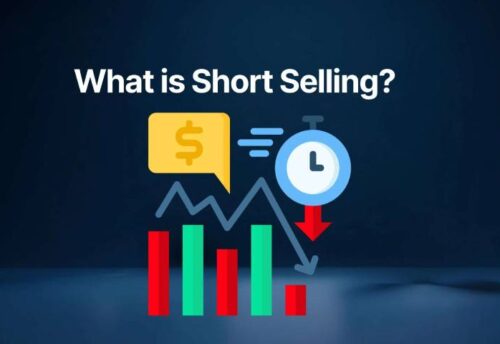
- 23/08/2025
- MyFinanceGyan
- 190 Views
- 3 Likes
- Cryptocurrency, Investment
Understanding Crypto Assets: What They Are and What Drives Their Prices?
Cryptocurrencies are one of the most dynamic asset classes in today’s financial markets. Unlike traditional assets, their prices can change dramatically within short periods. Understanding what drives crypto prices is essential for anyone looking to trade, invest, or even simply follow this exciting sector. This guide breaks down the key factors that influence crypto prices and how you can use this knowledge to build strategies, identify opportunities, and manage risk effectively.
What Drives Crypto Prices?
Like most markets, supply and demand is the core driver of cryptocurrency prices.
- When demand is high and supply is limited, prices generally rise.
- When demand falls or supply increases, prices often drop.
- Overselling and overbuying can also create sudden price swings, pushing an asset far above or below its expected value for uncertain periods.
Each cryptocurrency may respond differently to various influences, but the entire market tends to be shaped by a combination of market cap, economic conditions, regulations, innovation, news, and investor sentiment.
The Role of Market Capitalisation:
Market capitalisation (market cap) measures the total value of all coins in circulation, calculated by multiplying the price of one coin by the total supply in circulation.
- Smaller market caps → usually more volatile, higher risk.
- Larger market caps → generally more stable, perceived as lower risk.
For example, Bitcoin and Litecoin have fixed maximum supplies, meaning only a set number of coins will ever exist. This scarcity adds another layer of influence on price compared to assets where supply can be increased to match demand.
Key Factors Affecting Cryptocurrency Prices:
The Economy:
Macroeconomic trends such as inflation, interest rates, recessions, or unemployment play a significant role in crypto pricing.
- In times of high inflation or rising interest rates, investors often seek alternative assets — crypto being one of them.
- However, unlike gold, cryptocurrencies tend to remain more volatile during economic uncertainty, so risk management is crucial.
Regulations:
One of crypto’s biggest appeals is decentralisation — no single authority or government controls the network. But this also makes the market highly sensitive to regulatory changes.
- Announcements or proposals of government regulation often drive prices down.
- Even rumours or political discussions around stricter rules can impact investor confidence.
New Cryptocurrencies:
Advancements in blockchain technology and the launch of new coins can shift investor attention and capital.
- Innovative projects can attract users away from older networks.
- Older coins built on less efficient infrastructure may lose relevance, affecting their price over time.
News and Events:
The crypto market is particularly reactive to news cycles. Positive or negative developments can spark sharp moves.
- Negative news: The FTX collapse or the Terra network crash created ripple effects across the market.
- Positive news: Partnerships, institutional adoption, or technological upgrades often boost confidence and demand.
Market recovery after bad news can take time as trust needs to be rebuilt.
Market Sentiment:
Ultimately, prices are strongly influenced by how investors feel about the market.
- Fear, uncertainty, or hype can trigger bullish or bearish trends.
- Sentiment is often shaped by the above factors — economy, regulation, new projects, and media coverage.
This cycle of reactions can lead to self-reinforcing trends where optimism drives prices higher or pessimism pulls them lower.
Using Analysis in Crypto Trading:
To navigate this volatility, traders rely on both fundamental analysis (understanding economic, regulatory, and project-specific factors) and technical analysis (studying charts, patterns, and historical data). Key steps for building a strategy include:
- Researching market drivers
- Identifying price patterns and trends
- Applying technical indicators
- Developing strong risk management practices
Since crypto markets are still relatively young and highly unpredictable, combining these tools can help you make more informed decisions.
Final Thoughts:
Crypto assets are influenced by a mix of supply and demand, market cap, economic shifts, regulation, innovation, news, and investor sentiment. By understanding these drivers, you can better manage risk and build a trading or investment strategy tailored to your goals.
Start investing in cryptocurrencies today. Open a free account on CoinDCX: https://join.coindcx.com/invite/n75xR
Disclaimer: The views expressed in this article are personal and intended for educational purposes only. They should not be considered financial advice or product recommendations.



